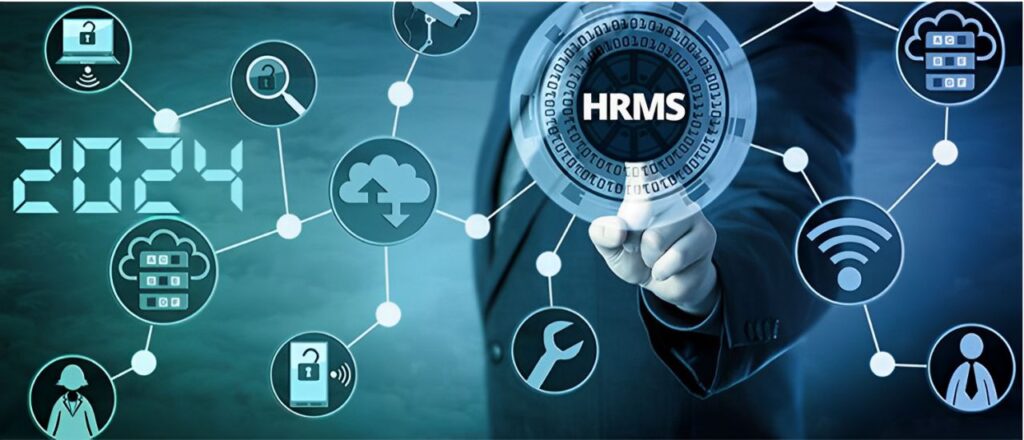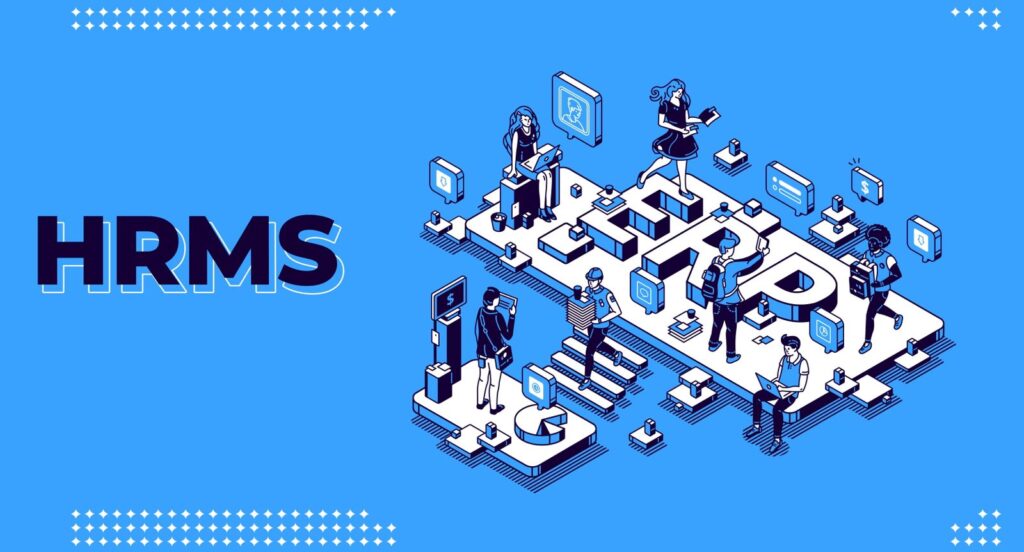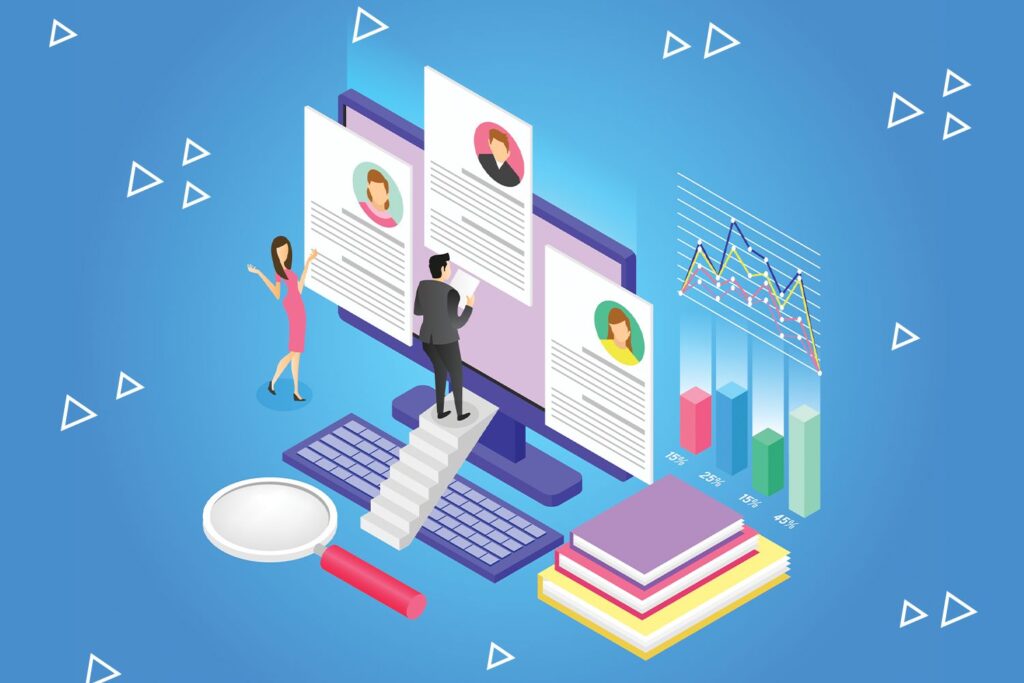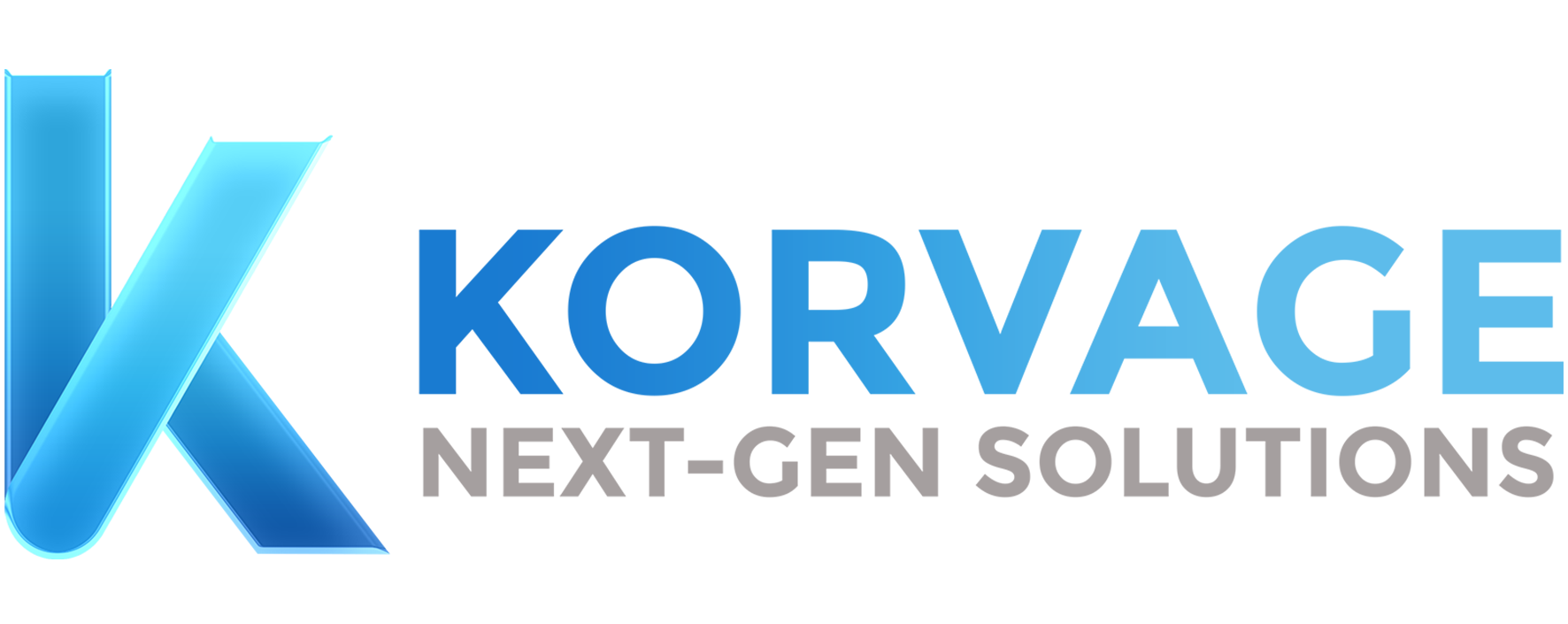Why HRMS Software is the Game-Changer of 2024

Software’s are more than just lines of code on a screen. It’s the invisible force that connects us, entertains us, and even helps us to run our business operations smoothly. But with so many software’s out there in the market, it can be hard to know where to start. To help you out here we have covered one such software to manage the routine HR operations efficiently which is none other than the HRMS software.
So without wasting time let’s explore more about HRMS Software –
What Is HRMS Software?
Human Resource Management System (HRMS) software is a revolutionary tool that has transformed the way organization’s manage their human capital. This software automates various HR tasks, ranging from payroll and attendance tracking to performance management and employee onboarding. By centralizing HR functions, HRMS software enables organization’s to enhance accuracy, reduce administrative burdens, and foster a more productive and engaged workforce.
How HRMS Software Can Be A Game Changer?

This software can be a game changer for businesses by bringing a revolution in the way they manage their workforce. In simple terms, HRMS is like a helping hand for the HR department of the company, helping them to handle multiple tasks at one time efficiently.
Here’s how it will bring the revolution –
- Simplifies Routine Tasks – It simplifies the tedious task of managing employee information. Instead of drowning in paperwork and spreadsheets, all data related to employees, from personal details to attendance records, is stored in a centralised digital system. This not only reduces the chances of errors but also saves time, allowing HR professionals to focus on more strategic aspects of their role.
- Streamlines Communication – It provides a platform for easy communication between HR, managers, and employees. Whether it’s sharing important updates, disseminating company policies, or addressing concerns, everyone can stay in the loop, promoting transparency and a healthier work environment.
- Efficient recruitment – It simplifies the hiring process by automating tasks such as resume screening and interview scheduling. This not only accelerates the recruitment process but also ensures that the best candidates are not overlooked.
- Employee Satisfaction – It provides a sense of satisfaction to the employees of the company as it comes with features like self-service portals, from which they can access their information, request leaves, and manage their benefits easily. This fosters a sense of responsibility and satisfaction among employees, contributing to a positive workplace culture.
- Performance Management – It helps set goals, track progress, and conduct performance reviews. This data-driven approach enables fair and objective evaluations, leading to better employee development and overall organisational success.
5 Reasons To Choose HRMS Software –
- Data Management – It allows businesses to centralise their employee data, making it easily accessible and manageable. Instead of sifting through piles of paperwork or numerous spreadsheets, HR professionals can quickly retrieve and update information, ensuring accuracy and saving precious time. Which contributes to smoother operations and reduces the likelihood of errors.
- Automated Processes – This software automates routine HR tasks such as payroll processing, leave management and performance evaluations. Automation not only reduces the chances of human error but also frees up HR staff to focus on more strategic aspects of their role, like talent management and employee engagement.
- Enhanced Employee Self-Service – Modern software often includes employee self-service portals, empowering staff to manage their personal information, apply for leaves, access pay stubs, and more. This not only gives employees a sense of control over their data but also reduces the administrative burden on HR professionals, who can then dedicate their time to more value-added tasks.
- Compliance and Reporting – It helps you in staying compliant with evolving labour laws and regulations which is a critical aspect of HR management. This automates compliance tracking and reporting, helping organisations adhere to legal requirements. This not only reduces the risk of non-compliance penalties but also provides a transparent and auditable trail of HR activities.
- Data-Driven Decision-Making – It automatically generates insightful reports and analytics, providing valuable data for informed decision-making. HR professionals can analyze trends, identify areas for improvement, and make strategic decisions based on real-time information. This data-driven approach enables organization’s to optimize their workforce, foster employee satisfaction, and align HR strategies with overall business goals.
How HRMS Software Can Improve The Efficiency Of Your Organization?

- Centralised Data Management – One significant advantage of this software is its ability to centralise employee data. Instead of scattering information across various spreadsheets or manual files, it consolidates all relevant data into a single, secure database. This centralised approach facilitates easy access to employee records, making it simpler for HR professionals to retrieve, update, and analyse information.
- Efficient Reporting and Analytics – This software provides robust reporting and analytics tools that enable HR professionals to generate insights into workforce trends, performance metrics, and other key indicators. This data-driven approach assists in making informed decisions regarding talent management, identifying training needs, and optimising overall organisational efficiency.
- Time and Cost Efficiency – Automation of repetitive HR tasks is a significant advantage of HRMS software. Functions like payroll processing, leave management, and employee onboarding can be automated, saving time and reducing the risk of errors. This not only enhances overall efficiency but also contributes to cost savings by minimizing the need for manual labour and preventing potential financial discrepancies.
- Time and Attendance Management – Automating time and attendance tracking is another valuable feature which helps monitor employee working hours, attendance, and leaves accurately. This reduces the likelihood of errors associated with manual tracking and ensures fair and consistent application of attendance policies.
Conclusion –
Implementing such automated software would not merely be a technological upgrade; it would be a strategic move which would enhance the overall organizational efficiency, promote data-driven decision-making, and contribute to a positive and compliant work environment in the organization. The benefits would extend beyond HR teams & would positively impact the entire workforce and which would lay the foundation for sustained growth.
